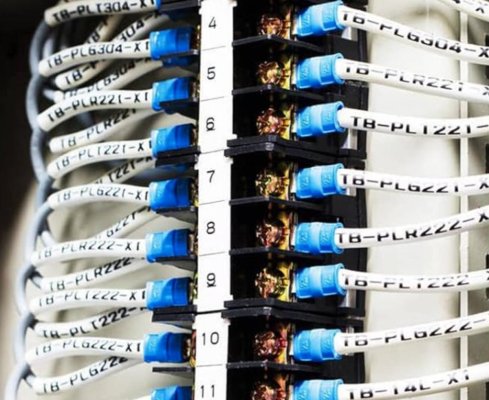paulga
Guru
- Joined
- May 28, 2018
- Messages
- 974
- Location
- United States
- Vessel Name
- DD
- Vessel Make
- Marine Trader Sundeck 40'
Thanks for the note. I read through the marinehowto article so I get the point. The side with the smallest crimp ID is the one to crimp the bare wire end.
One other tip I'll toss in is with double crimp tools that also crimp around the cable insulation for strain relief, such as the ratcheting one in Steve's video, you need to make sure to put the terminal into the crimper the correct way.
The larger of the two crimps is for the strain relief crimping on the insulated wire, the smaller is for the crimp on the stripped wire. Different crimpers are marked differently, for my older Ancor tool you feed the wire into the terminal from the side with the colored dot on. That is opposite to the example in Steve's video using a different tool.

